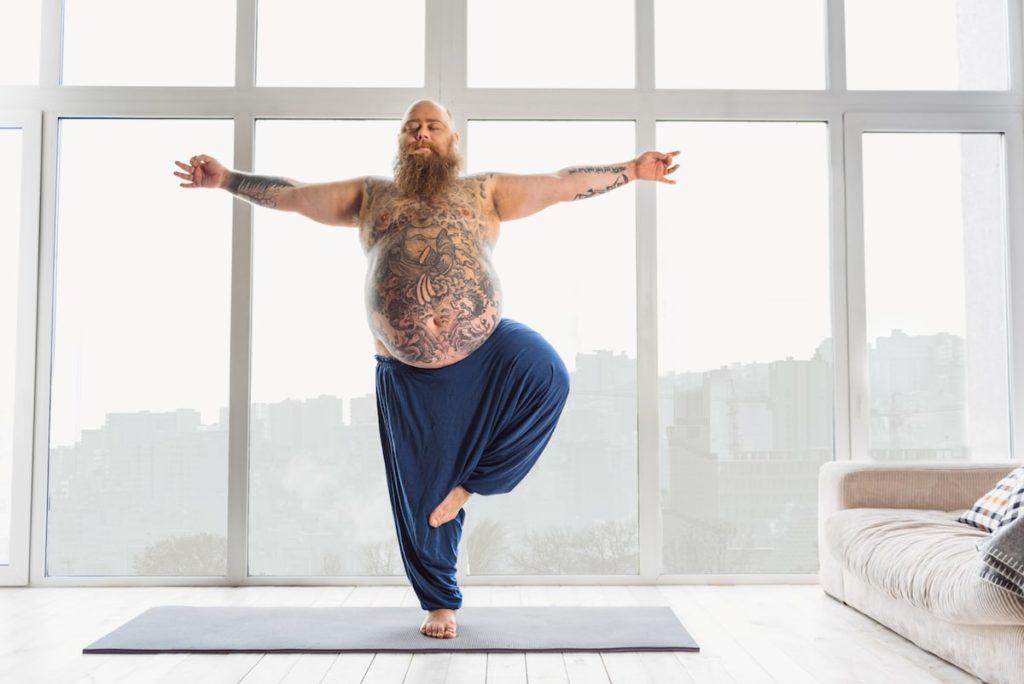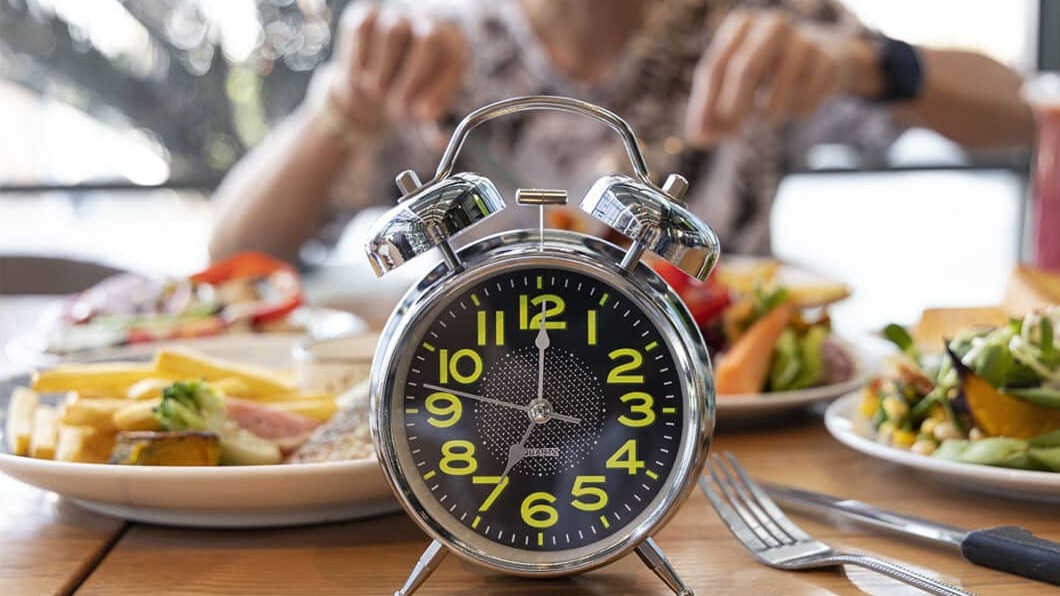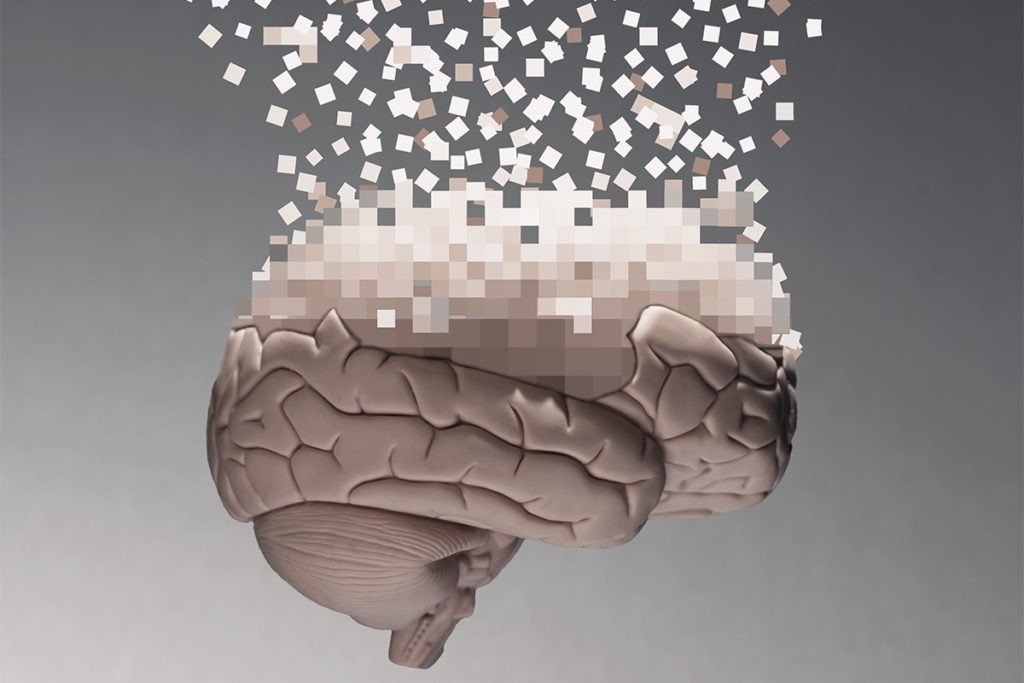6 Steps to Changing Habits

We’re lucky to see our clients 3 hours per week. For this short time, we have great influence over their attitudes and behaviors. However, if we focus only on creating terrific workouts, what about the other 165 hours a week when clients are responsible for behaving in ways that will help them reach their goals? We must think beyond exercise and dive into the scary world of psychology without becoming psychologists. In this article, we’ll look at the anatomy of a habit, explore the neurophysiology of behavior change, and provide strategies to break bad habits and create new ones using habit-based coaching, the secret to how successful fitness professionals get results.
Anatomy of a Habit
A habit is an automatic behavioral pattern that occurs in response to a situation where a particular behavior has been performed repeatedly and consistently (Lally 2010). In his book The Power of Habit, Charles Duhigg explains that habit is more than a repetitive behavior; rather, it’s a construction of three sequential components that make up the habit loop. Those three components are the cue, the behavior and the reward (Duhigg 2012).
- The cue is an environmental or internal trigger that provokes us to learn a behavior. An example of an environmental trigger is the chime you hear when you sit in your car and insert the key. That sound triggers you to put on your seatbelt (the behavior). Another example is placing a foam roller next to your shoes, which triggers you to do self-massage prior to running. Hunger pangs cue you to eat. Internal cues are related to mood. For some people, depression or stress triggers the urge to drink an alcoholic beverage or eat a pint of ice cream.
- The behavior is the actual routine we commonly think of as the habit. This learned behavior occurs automatically, free from a specific goal or task. It may be as simple as always tying the right shoe before the left shoe, or doing an activity—like showering—in a sequential manner (get wet, shampoo, rinse, condition, rinse, wash body, rinse, dry).
- The reward, or incentive, makes behavior stick. The “high” that runners feel after a 6-mile run is enough to make them want to repeat the experience. Even though smokers know lighting up isn’t good for them, they still get an immediate blast of endorphins the moment they inhale. Fast-food companies have been known to engineer food to hit your tongue with salt and fat in the quickest way possible, so the taste will trigger the brain’s reward centers. Rewards teach the brain that the behavior in question promotes pleasure, creating a lower barrier for entry for that behavior to recur in the future (John et al. 2016).
The more habitual a behavior is, the more it becomes ingrained in the brain to the point where it never leaves (Wood & Neal 2007). Understanding the neurophysiology of habits can help us empathize with our clients about why it’s such a struggle to break old habits and create new ones.
For ways to help clients break bad habits, please see “The 6-Step Approach for Creating New Habits” in the online IDEA Library or in the June 2017 issue of IDEA Fitness Journal. References are online only. If you cannot access the full article and would like to, please contact the IDEA Inspired Service Team at 800-999-4332, ext. 7.




